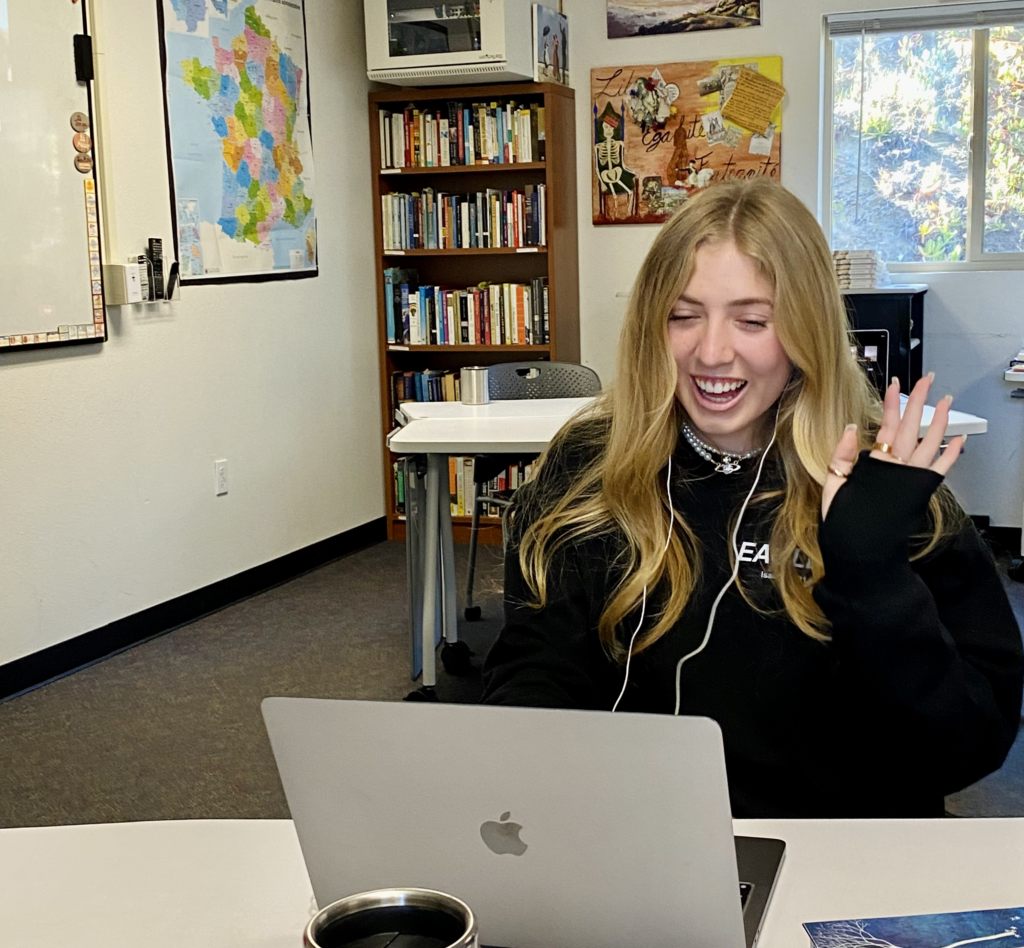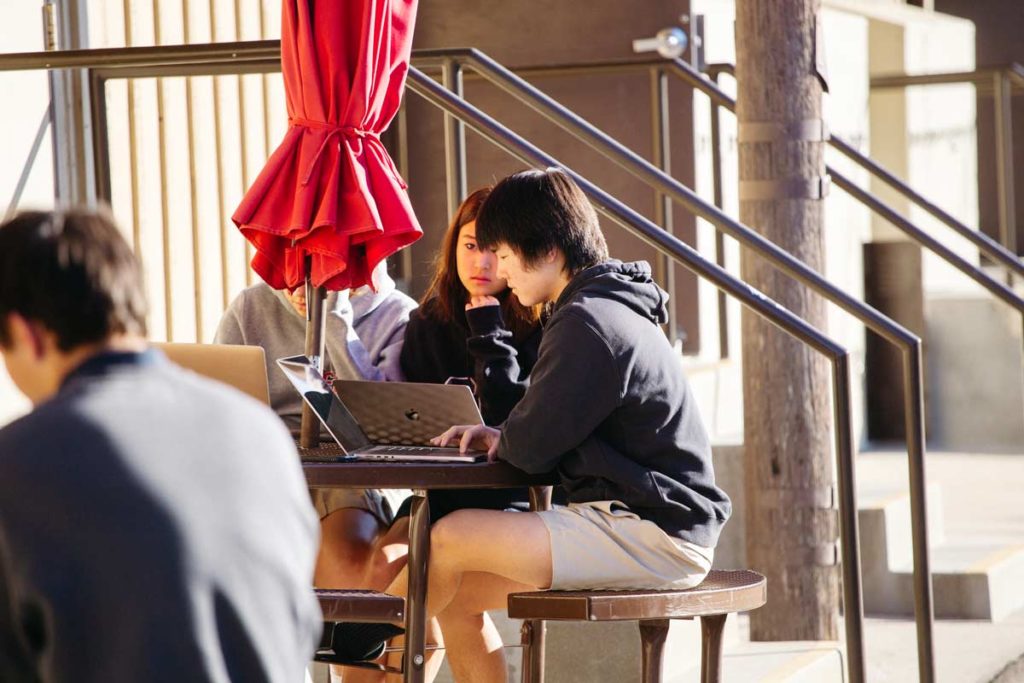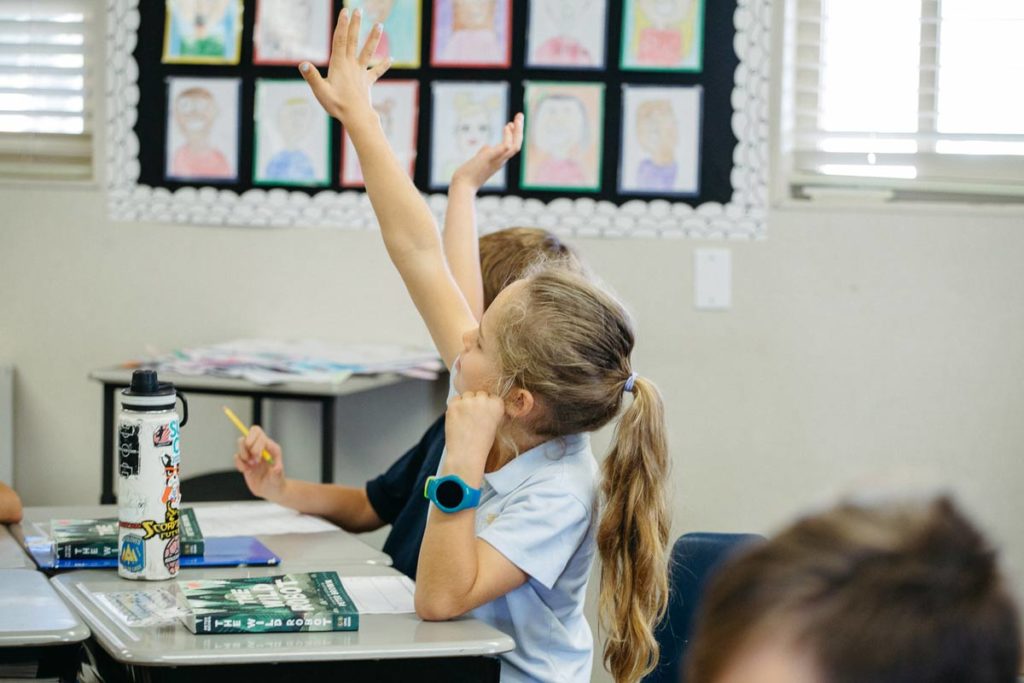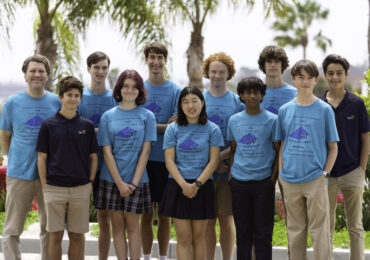At Santa Fe Christian, our teachers aren’t just invested in helping children learn – they also aim to help students develop a lifelong love of learning.
As a San Diego’s leading private Christian school, we embrace teaching methods that get students excited about their education. Project-based learning has proven to be an effective strategy for increasing student engagement, and its benefits extend beyond the classroom.
What is Project-Based Learning?
Project-based learning (PBL) is a teaching method in which students gain knowledge and skills by investigating and responding to an authentic, engaging, and complex question, problem, or challenge.
In other words, project-based learning allows students to actively engage in real-world projects that are personally meaningful to them.
What are the Benefits of Project-Based Learning?
Project-based learning gives students a greater stake in their education, the freedom to exercise creativity, and encourages collaboration.
Teaches Self-Management and Responsibility
One of the biggest reasons project-based learning is so impactful is it prepares students for the challenges of the real world.
Once students have grown comfortable with their teachers, they often seek their guidance and direction before attempting assignments. And while teachers provide general criteria for class assignments, project-based learning leaves room for students to be true co-creators in their education.
This method prepares them for “real life” outside of school, where it’s unlikely that anyone will hand them a step-by-step roadmap for solving every problem they encounter.
By trusting students to develop creative solutions within certain parameters, teachers give them a greater sense of responsibility. Rather than going through the motions to complete assignments, students are empowered to take deeper ownership of the work they turn in.
Facilitates Collaboration with Teachers and Students
Another highlight of project-based learning is that it’s extremely collaborative and allows students to bounce ideas off each other.
Instead of trying to come up with solutions on their own, students are encouraged to ask, “What if we did it this way?” or share, “Oh, I figured out how to do this part!”
With project-based learning, idea generation isn’t just left up to teachers. Instead, teachers lay out the general skeleton of a project and invite students to create something together. After students finish a project, they’re able to share their work and give each other feedback, allowing for even more collaboration.
Nurtures a Love of Learning
Project-based learning gives students a renewed drive to learn because it’s similar to a treasure hunt and challenges them to actively search for ways to improve their projects. It’s not as teacher-driven, so students get excited about what they’ve created – because it’s theirs!
How do Students Participate in Project-Based Learning at SFC?
SFC recognizes the value of project-based learning and strives to implement it in the classroom. One example of project-based learning in action can be seen in Jenny Cattaneo’s AP French and Ally Davis’s French 4 classes.
It has been a tale of two classrooms: one in San Diego, California, and one in Brive-la-Gaillarde, France. Recognizing an opportunity for her students to learn creatively, Jenny connected 15 SFC students learning French to a classroom of 25 French students learning English to embark on a unique project-based learning program.

SFC students were paired with French students to work on a project regarding Biodiversity in which they created an interactive “trip itinerary.” SFC students completed in-depth research about five locations in southern France and discover five animals unique to that region. The French students in the group had the same objectives but for habitats and animals in San Diego.
With the help of platforms like Zoom, Flipgrid, and Padlet, the students were able to communicate, share information, and build their projects. The members of each group then presented their “trips” to one another; SFC students presented their projects in French, and the French students presented their projects in English.

During the second semester, these students will be working on a new project focusing on climate change and how to be good stewards of the planet from a Christian viewpoint.
Jenny Catteneo is an advocate of project-based learning, believing this dynamic approach opens the door for students to explore real-world problems and challenges, resulting in a deeper knowledge of their subject, and allowing them to combine their passions with education.




